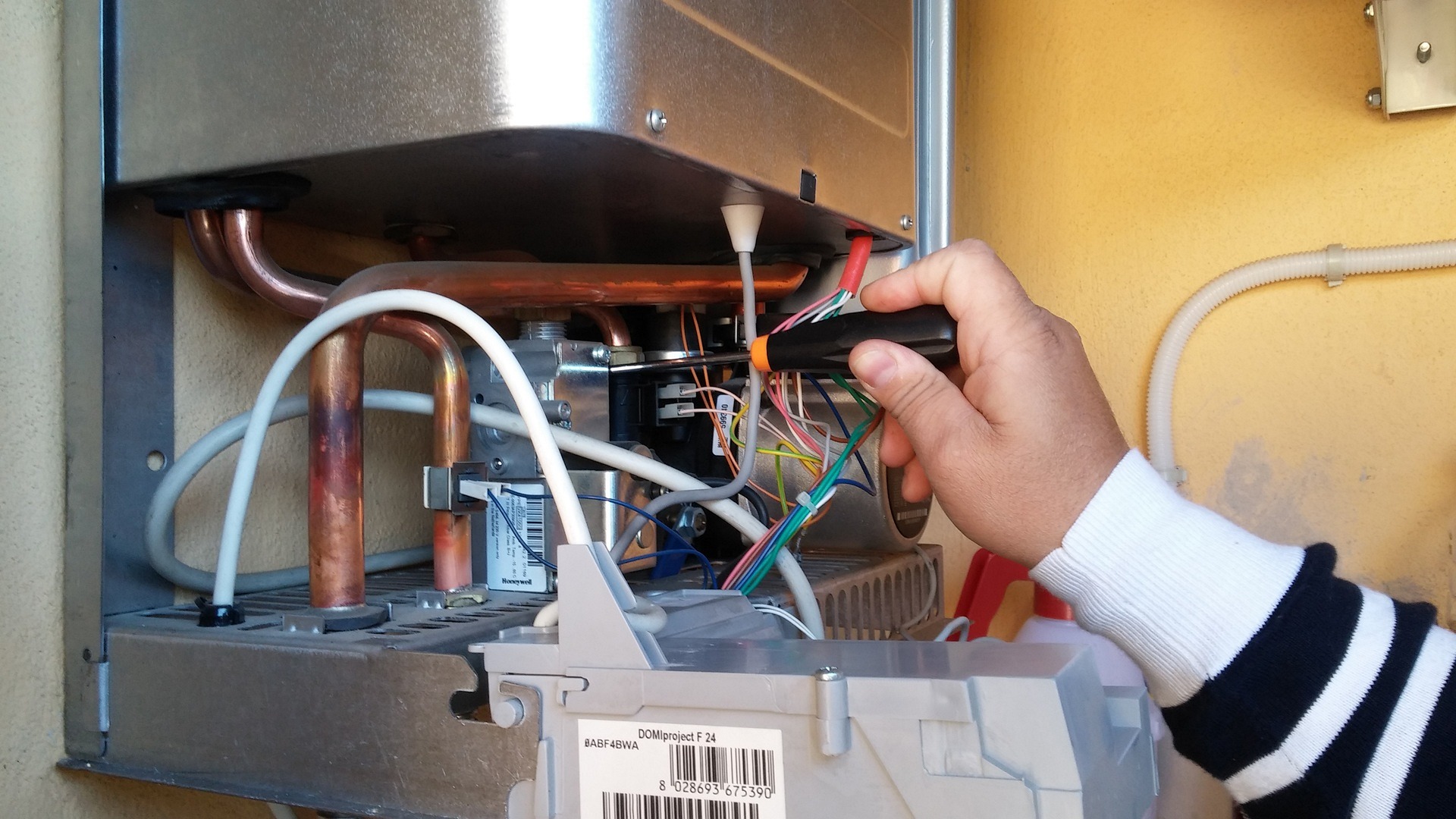Boiler Repair Guide: Keep Your Home Heating Efficient
A malfunctioning boiler affects comfort, safety, and running energy costs. Timely boiler repair protects your home and helps avoid emergency replacements. This guide explains common symptoms, straightforward checks you can perform, and what to expect from professional repair so you can make informed decisions about maintaining heating reliability in your house.
Boiler: When to schedule a repair visit
A boiler exhibiting cold radiators, no hot water, or frequent cycling usually needs attention. Other clear signs include visible leaks, discolored pilot flames, or pressure readings consistently outside the manufacturer’s recommended range. Start with simple checks: confirm the thermostat is set, circuit breakers are on, and boiler pressure is near the usual 1–1.5 bar for many systems. If basic troubleshooting doesn’t restore normal operation, arrange a qualified technician to diagnose worn components, faulty valves, or control board issues.
Heating: Common problems and practical fixes
Many heating problems stem from trapped air, pump failures, or thermostat communication errors. Bleeding radiators can remove air pockets that cause cold spots; this is a quick home fix if you have a radiator key and a towel. Strange knocks or gurgling noises may point to sludge or scaling that requires power-flushing or professional descaling. A faulty circulating pump or a failing motorized valve typically needs a technician for safe replacement. Keep records of symptoms and when they occur — that helps technicians pinpoint intermittent faults faster.
Energy: How repairs preserve efficiency and reduce waste
A well-maintained boiler uses energy more effectively, lowering fuel consumption and emissions. Issues such as a failing heat exchanger, poor burner calibration, or leaking seals reduce combustion efficiency and force the system to run longer to reach set temperatures. Regular servicing restores correct burner settings and ensures controls are optimised. Even simple measures — like insulating accessible hot water pipes and ensuring radiators aren’t obstructed — improve heat distribution and reduce the boiler’s runtime, conserving energy in your home.
Home: Safety checks and routine maintenance tips
Safety is central to any boiler repair conversation. Carbon monoxide is a risk when combustion is incomplete; install and test a CO alarm in appropriate locations and ensure vents and flues remain clear. Schedule annual servicing to inspect seals, combustion integrity, and safety cutouts. Between services, check the boiler area for leaks, maintain adequate clearance around the unit, and monitor system pressure. Keep the manufacturer’s manual and service records in a safe place; technicians rely on these during diagnostics and when ordering replacement parts.
House: Choosing reliable local services in your area
When selecting repair services, look for licensed and insured heating engineers who provide written estimates, warranty on parts and labour, and clear timelines. Verify qualifications such as local trade registrations or industry certifications relevant in your country. Ask for references and read recent customer feedback to gauge responsiveness and post-repair support. Good providers supply a clear breakdown of recommended repairs versus optional improvements and can advise on parts availability, lead times, and any required permits for larger replacements.
Conclusion
Boiler repair keeps your heating system safe, efficient, and dependable — protecting comfort and helping control energy use across the house. Regular preventive maintenance reduces the likelihood of sudden failures and extends equipment life, while knowing basic troubleshooting steps can save time before a professional visit. When repairs are needed, clear documentation of symptoms, recent service history, and realistic expectations about parts and timelines will make diagnosis and repair smoother for homeowners and technicians alike.







